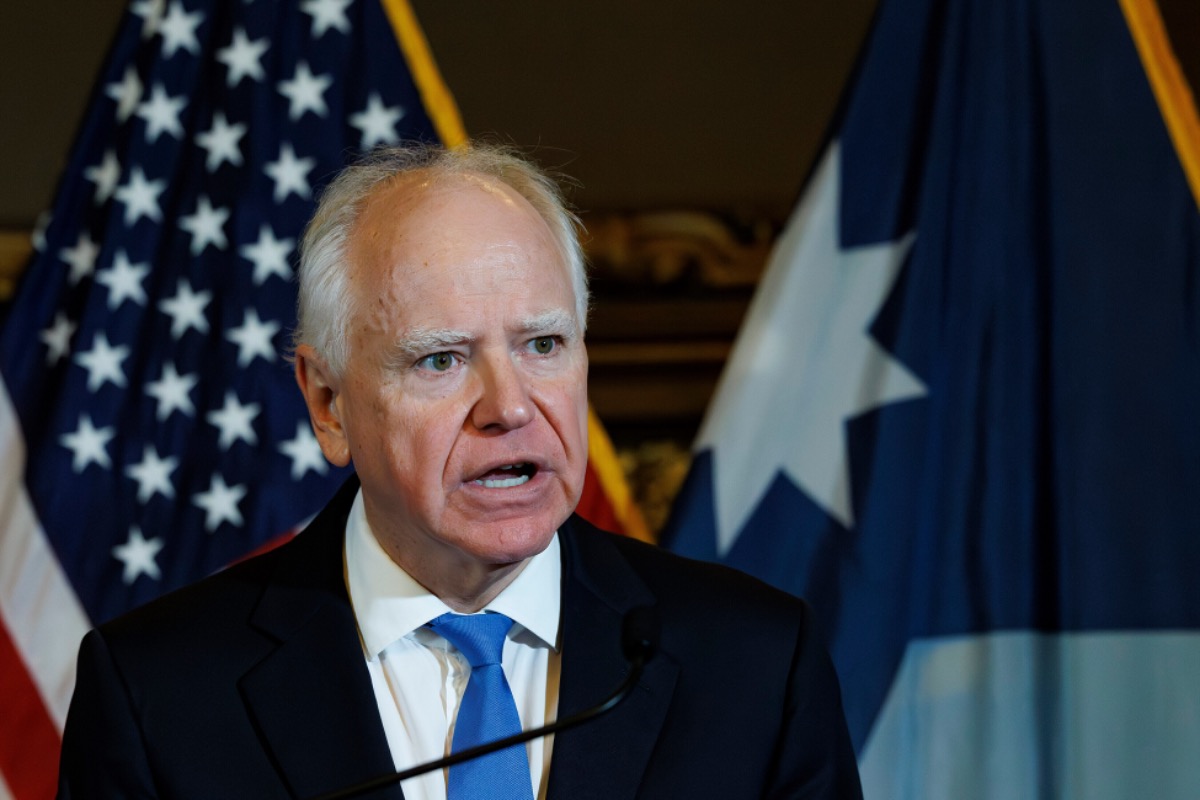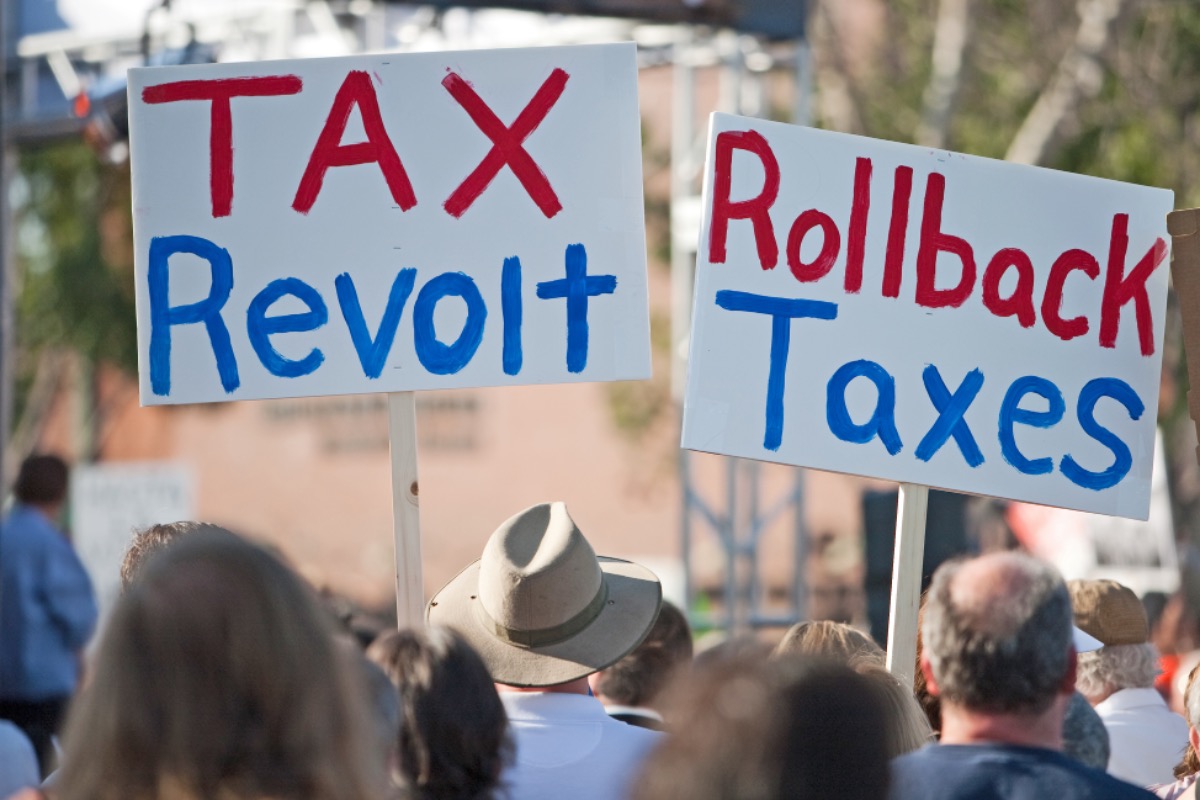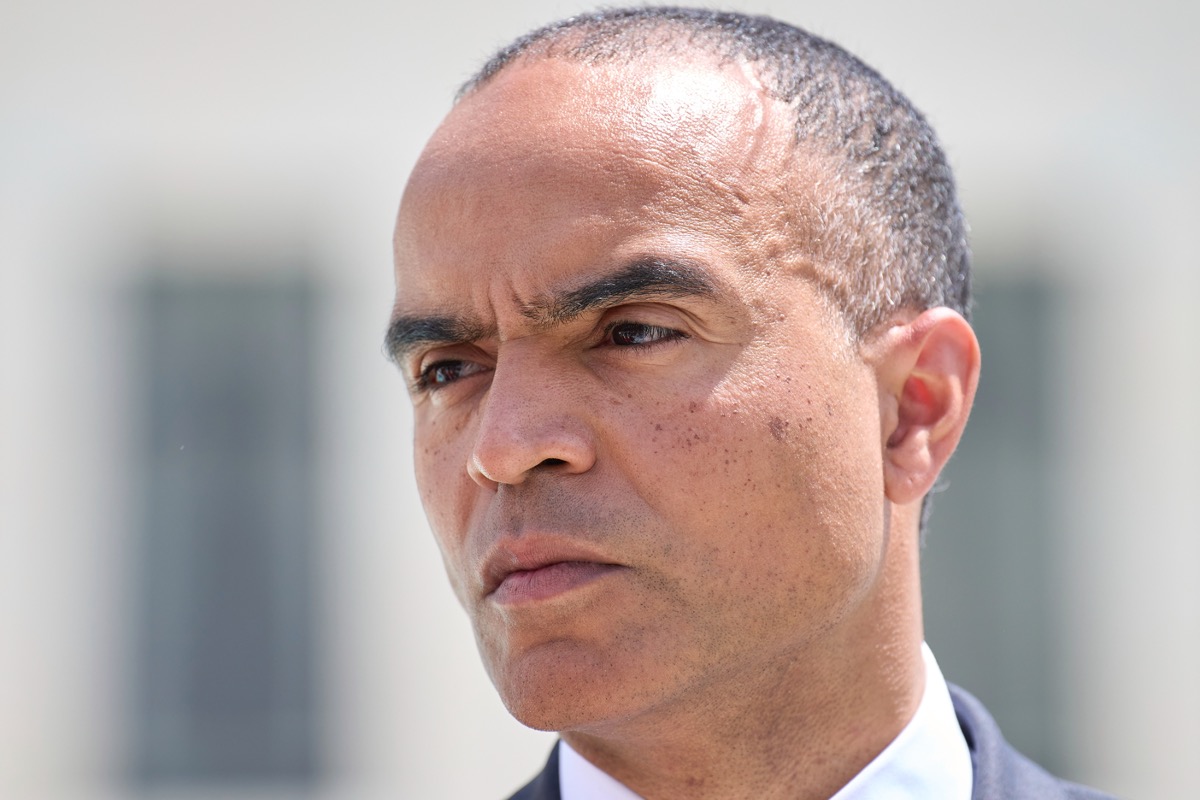
Feeding Insatiable Government Appetite Won’t End Obesity
Item: Reuters reported on May 20: “New York Governor David Paterson on Thursday proposed lifting the sales tax on diet soda, while adding a new ‘sugar tax’ to full-calorie drinks, in a fresh bid to boost revenue for the cash-strapped state. The proposed tax would generate $815 million annually, a Paterson spokesman said.”
Reuters continued: “Paterson’s original ‘soda tax’ proposal, which would have raised $1 billion per year as the state struggles to close a $9.2 billion budget deficit, was rejected by the state legislature amid strong opposition by the beverage industry. In the new version, diet sodas would become cheaper while the more unhealthy drinks would go up in price.”
Item: Agence France-Presse reported on May 18: “First Lady Michelle Obama has praised US food manufacturers for agreeing to cut 1.5 trillion calories from their products, in a boost for her anti-obesity campaign. She said that 16 corporations accounting for up to 25 percent of the American food supply chain would trim a total of one trillion calories by 2012 and 1.5 trillion calories by 2015. ‘They’ve agreed to reformulate their foods in a number of ways, including by addressing fat and sugar content, by introducing lower-calorie options, and by reducing the portion sizes of existing single-serve products,’ Obama said.”
Item: Reuters reported on May 20: “Health ministers, alarmed at the growing number of obese children, agreed on Thursday to try to reduce children’s consumption of junk food and soft drinks by asking member states to restrict advertising and marketing. The global recommendations on marketing of foods and non-alcoholic beverages to children are guidelines to the 193 member states of the World Health Organization (WHO). Diets containing large amounts of fat, sugar or salt contribute to chronic diseases such as diabetes, heart disease and cancers, which cause 60 percent of all deaths worldwide, the United Nations agency says.”
Correction: Governments at all levels have launched campaigns expressing alleged concerns over our waistlines, but individual concerns, some of which are genuine, are being pumped up into problems at the neighborhood level, exaggerated into well-publicized crises on the national stage, and aggrandized into threats said to portend deadly catastrophes of global magnitude. The progression is predictable. A public crusade, garnished with fears, leads to well-orchestrated demands that “something” must be done — so the government jumps in to rescue us … until the next “emergency” arises.
Sometimes this takes place at the local level — such as the California county that has recently banned toys from Happy Meals so restaurants don’t “prey” on kids, in the words of one legislator. Eventually, even the United Nations gets involved, with the World Health Organization and the mass media drawing ridiculous conclusions from improvable assertions — such as 60 percent of all deaths worldwide being blamed on diets containing “large amounts” of salt, sugar, and fats.
In the United States, the Centers for Disease Control claim that two-thirds of us are overweight or obese. Even if this were true, it doesn’t excuse transforming the government into the arbiter of what we eat. One hesitates to note that a lack of exercise also plays heavily into the equation, lest the federal government have us all doing mass exercises similar to Communist Chinese calisthenics.
Anti-fat activists who support using a federal cudgel as a method of feeding our children often trot out statistics based on the Body Mass Index (BMI), a tool so broad that it literally would find half of the National Basketball Association to be overweight or obese.
Joseph Phillips, writing in the Ohio-based People’s Defender not long ago, threw a penalty flag on the efficacy of the BMI: “Just for fun, I went to the website for the National Institute of Health and entered the height and weight for Tim Tebow into the institute’s BMI computer. Tebow is a former Heisman Trophy winner, All-American football quarterback for the University of Florida Gators, and widely considered one of the best collegiate athletes of all-time. Coaches and sports writers have often commented on what an amazing physical specimen he is. According to Tebow’s BMI, he is obese.”
There are a lot of bogus claims in this area. Research that doesn’t fit the crisis myth is often overlooked. At the risk of introducing facts into the matter, consider that the epidemic of obesity may itself be what is overblown. The authors of Diet Nation, Patrick Basham and John Luik, examined two studies produced by the U.S. Centers for Disease Control and Prevention and published earlier this year in the Journal of the American Medical Association. One concerns obesity in children and adolescents, the other adult obesity. They both, note the writers, “completely undermine the claims of an obesity epidemic.”
During none of the five examined periods, say Basham and Luik, “was there a statistically significant trend, except for boys at the highest BMI levels. In other words, if there was a spike in obesity, it was confined to a very small number of very obese boys.”
In the case of adults, “the results put the lie to claims of an obesity tsunami.” Over the past decade, for women, “there were no statistically significant changes in obesity prevalence over the entire decade, while for men there were no prevalence differences during the last five years of the decade. As the researchers note, obesity prevalence may have ‘entered another period of relative stability.’”
Governments do not want to go on a diet, which is why they want to hop on the soda-pop bandwagon — to collect more levies to improve their bottom line. Never mind that the supposed solutions won’t work as promised. As noted by Justin Wilson in California’s Orange County Register:
There’s no convincing evidence that “fat taxes” on food or drinks are an effective way to force weight loss. Writing in the Review of Agricultural Economics, a team of researchers determined that a small tax on snacks “would have very small dietary impacts.” As for a larger tax, it “would not appreciably affect” the average person’s diet.
California already has a 7.25 percent tax on soft drinks, enacted in 1933, but that hasn’t stopped waistlines from expanding.
Moreover, taxing soft drinks may even be counterproductive. Researchers writing in the American Journal of Preventative Medicine noted that taxing soft drinks may result in people simply substituting untaxed beverages that are still high in calories.
It is also instructive to follow the money trail. There are indeed corporations “voluntarily” backing Mrs. Obama’s crusade, which dovetails into her “Let’s Move” initiative. They have a variety of reasons, including reaping good publicity from the complicit mass media for doing so.
There are other backers who have ulterior motives as well. Columnist Michelle Malkin observes:
The well-intended program to feed poor kids has morphed into an untouchable universal entitlement with a powerful school lunch lobbying coalition of Department of Agriculture bureaucrats, food-service industry executives, and union bosses. Enter the SEIU [Service Employees International Union]. Headed up by the White House’s most frequent visitor, Andy Stern, the powerful labor organization representing government and private service employees has an insatiable appetite for power and growth. Working alongside the First Lady, the SEIU unveiled a major ad campaign this week demanding reauthorizing and funding increases in the Child Nutrition Act.
What’s in it for Big Labor? SEIU Executive Vice President Mitch Ackerman explains: “A more robust expansion of school lunch, breakfast, summer feeding, child care and WIC (the federal Women, Infants, and Children nutrition program) is critical to reducing hunger, ending childhood obesity, and providing fair wages and healthcare for front line food service workers. [Emphasis added.]
Keep in mind that the government that is now on an anti-obesity kick has also become one of the biggest providers of food to the population. As columnist Mona Charen has pointed out, one of eight adults in the nation is on Food Stamps, more than half the children the nation take part in the Women, Infants, and Children program, and 62 percent of U.S. schoolchildren who eat school lunches get free or reduced-price meals.
On the one hand, the thin smoker in the White House tells us that because Americans are suffering from a “record level” of “food insecurity,” we need to spend more federal money on anti-hunger programs. On the other hand, his wife doesn’t like how much we eat, so that is said to justify a federal anti-obesity campaign.
— Photo: AP Images




